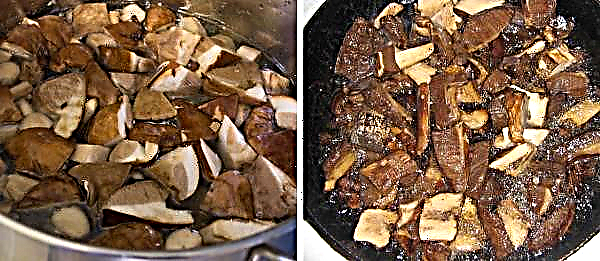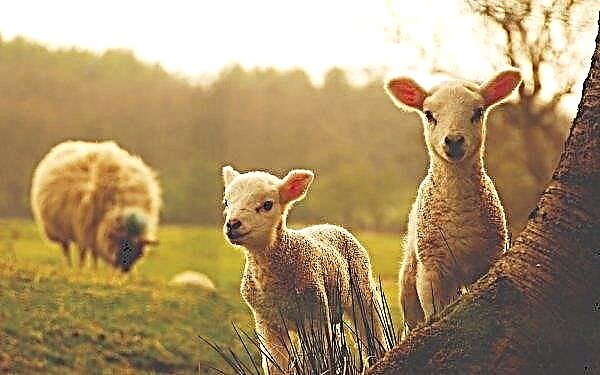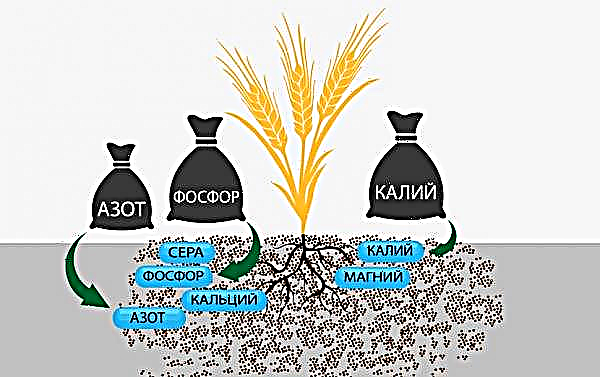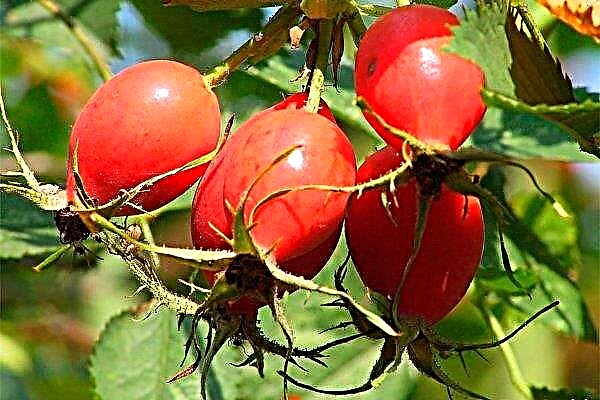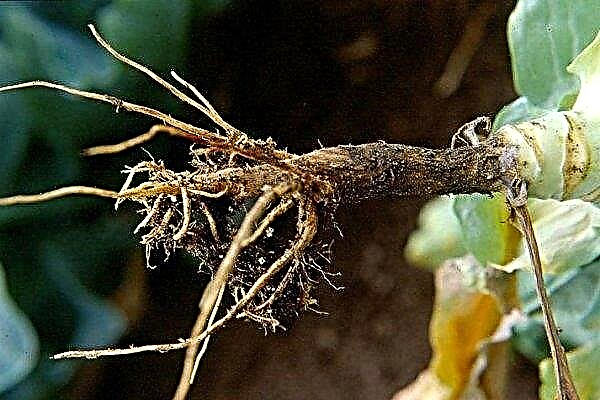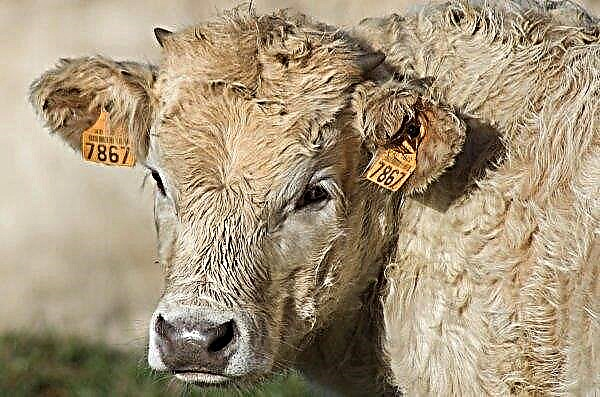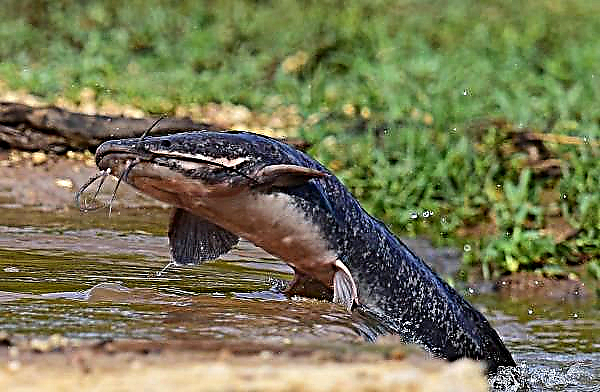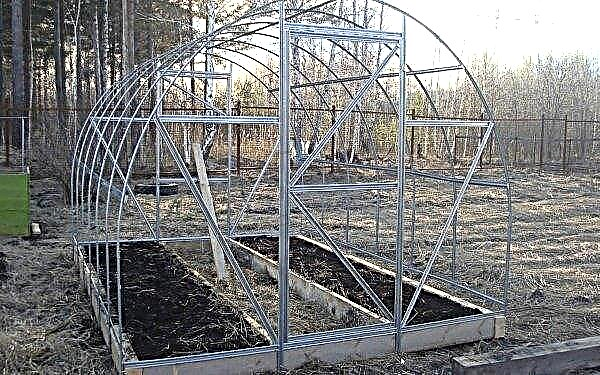The staff of the Institute of Viticulture and Winemaking named after V.E. During an inspection of the vineyards of the southern regions of the country, Tairov revealed extensive breeding sites of harmful insects and foci of diseases, as well as previously absent species of harmful organisms.
The overall picture in the studied areas shows a change in the types of pests and an increase in their numbers. This is very well seen in the example of sucking insects such as thrips, cicadas and ticks.
If earlier these harmful insects lived in small groups and did not lead to much damage, now they have become economically significant pests of vineyards. It is assumed that this situation has developed due to the priorities in the strategy of protecting grapes from spider mites towards their full control.
The diversity of species of insects and arthropods in the vineyard ecosystem needs a scrupulous study by scientists in order to timely find new and most dangerous pest organisms.
Sucking insects have a strong adaptability, so the current vineyard protection system should be adjusted for this. The range of pesticides used must be constantly updated, including substances against new pests and habitual inhabitants of vineyards causing damage.

